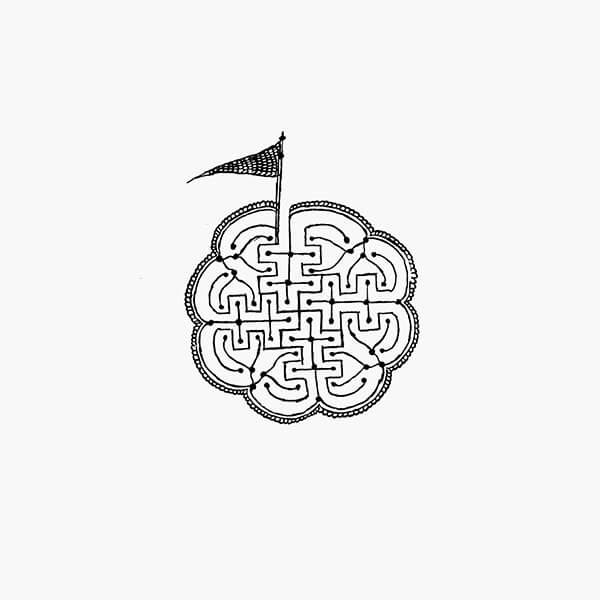



























Le Guide Impossibili
5585 Regno di Dalmazia
ovvero Capitanati di Zara, Spalato, Ragusa e Cattaro
Edited by Gianni Guadalupi. Texts by Charles Yriarte
2001 / 228 PAGES.
Language: Italian
The amphibious maze on the eastern Adriatic coast, still home to a singular Slavic-Italian civilisation later cancelled by nationalist hatred, visited in 1874 by a Frenchman who appreciated all fine arts.
In 1898, a mine exploded prematurely on the island of Krk, depriving the world of a neo-Latin language. The explosion killed quarryman Antonio Udina, the last remaining speaker of the northern Dalmatian variant known as “vegliotto”). Meanwhile, at the other end of the long Dalmatian coastline (Ragusa and thereabouts), another linguistic oddity that would soon disappear was in its death throes: the mixed language featuring Slavic-Tuscan words and forms whose origins dated back to the centuries-old relations between that maritime republic and the Medici’s Grand Duchy. The Dalmatian identity thus fell under the blows of nationalism: it was no longer possible to be the children of a single great heterogeneous Slavic-Italian civilisation. The stunning, lost Dalmatia – a multifaceted and multi-ethnic country – is the heart of this book, written by a traveller who was in time to visit it. Truly captivated, Charles Yriarte landed in Dalmatian harbours as if he were stepping into the Illyrian cities dreamed of by Shakespeare. The volume is completed by watercolours depicting Dalmatian folk costumes, attesting to a civilisation that is by now extinct, though traces and records of it still remain.